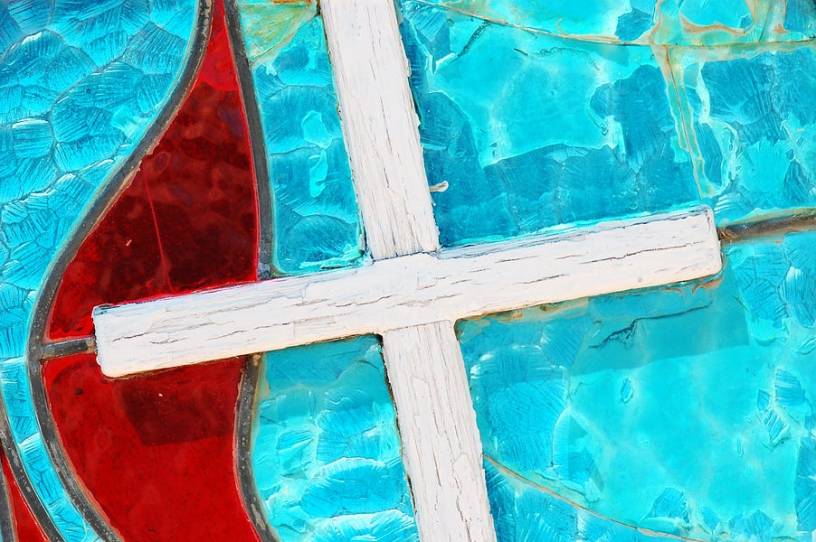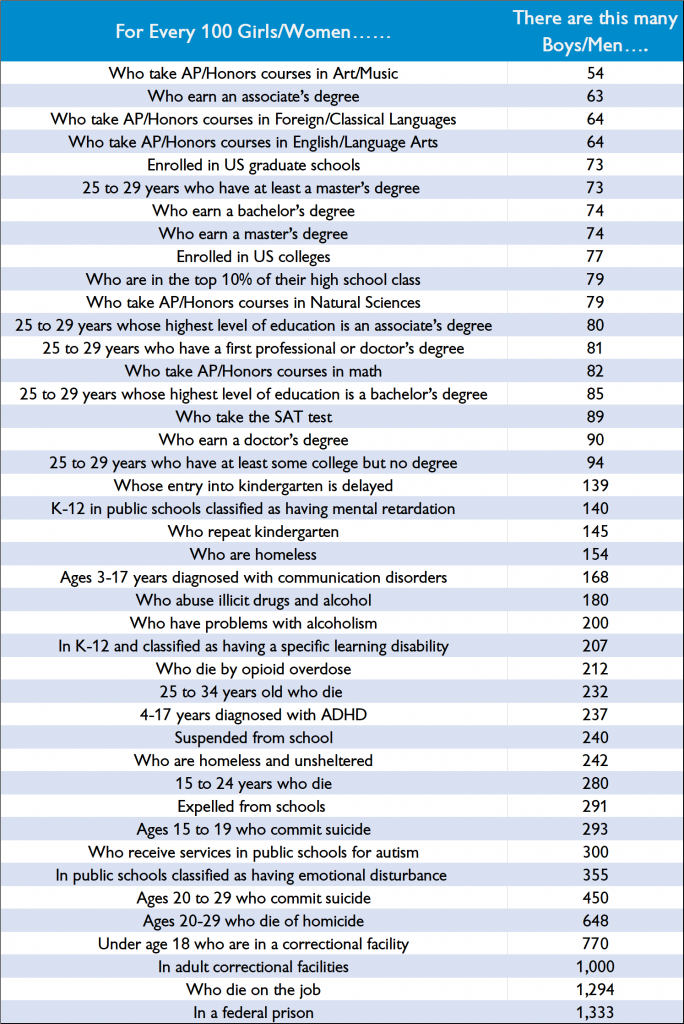The Sad, Necessary Division of the United Methodist Church

Last week, believe it or not, there was a news development of generational importance that had absolutely nothing to do with Donald Trump. The two different factions of the United Methodist Church agreed to divorce. Here’s the New York Times with the basic facts:
A group of leaders of the United Methodist Church, the second-largest Protestant denomination in the United States, announced on Friday a plan that would formally split the church, citing “fundamental differences” over same-sex marriage after years of division.
The plan would sunder a denomination with 13 million members globally — roughly half of them in the United States — and create at least one new “traditionalist Methodist” denomination that would continue to ban same-sex marriage as well as the ordination of gay and lesbian clergy.
The church announced the plan to divide less than a year after a close denominational vote (led by the denomination’s African and other overseas churches) to reject a plan that would have allowed “local congregations, conferences, and clergy to make their own choices about conducting same-sex marriages and ordaining LGBT pastors.” Instead, it adopted a “Traditional Plan,” which “affirmed the denomination’s teachings against homosexuality.” But the vote hardly ended the internal debate. Delegates from America were largely opposed to the Traditional Plan.
The agreement to divide still has to be approved at its global conference in Minneapolis this May, but approval is likely. And if the agreement is approved, it will represent—in essence—the final fracturing of the traditional American church from two primary streams of Christianity (Catholic and Protestant) to three—Catholic, Mainline, and Evangelical.
The secular media will cast the divide primarily in the terms it understands—as focused on “LGBT issues”—but that’s incomplete. The true fracturing point between Mainline and Evangelical churches is over the authority and interpretation of scripture. The debate over LGBT issues is a consequence of the underlying dispute, not its primary cause. As I explained in my first Sunday newsletter, there is a strain of Protestant Christianity that views the Bible as valuable but not infallible or inerrant. Evangelical Christians, by contrast, strongly dissent from that view.
Thus, at heart, the disagreement between the Evangelical and Mainline branches of Christianity isn’t over issues—even hot-button cultural and political issues—but rather over theology. Indeed, the very first clause of the United Methodist Church’s nine-page separation plan states that church members “have fundamental differences regarding their understanding and interpretation of Scripture, theology and practice.”If you were to draw a Venn diagram, the number of people who believe that the Bible is the inspired word of God—or in the words of the Barna Group’s test of Evangelical orthodoxy—“accurate in all the principles it teaches” and who also believe that Christian pastors should sanction (much less officiate) same-sex weddings would be small. The number isn’t zero, but it’s small.
I’m not for a moment going to pretend that there aren’t homophobes and bigots in evangelicalism. I’ve encountered more than a few people who turn a blind eye to or rationalize and excuse all manner of heterosexual sin while scorning their gay and lesbian friends and neighbors. But for the thoughtful and faithful dissenters on both sides of the theological aisle, sexuality is the side issue. Differences over scriptural authority and biblical theology represent the central dispute.
Orthodox Christian sexual ethics have absolutely nothing to do with animus against gays and lesbians. In fact, there should be zero animus against any person of any sexual orientation or gender identity. Instead, the orthodox Christian sexual ethic—which reserves sex for the marriage between a man and a woman—rests on a sincere conviction that it is not only directly commanded by God through scripture, it’s also best for human flourishing, and it is symbolic of the sacred relationship between Christ and His Church.
Traditionally, we have divided Christianity between two sides—Catholic and Protestant. In America, we should now think of the Christian faith as three-sided. There’s a Christian triangle. On one side of the triangle is the Evangelical church—a decentralized collection of Christian churches united by a few core beliefs—including the authority of scripture as the inspired word of God and that salvation comes through the grace of God through faith in Christ.
On another side is the Catholic church, which shares multiple elements of Christian orthodoxy with Evangelical Protestants, but also features consistent, distinctive beliefs about (among other things) the authority of the church, the nature and importance of the office of the pope, and the theological significance of Mary, the mother of God.
The third side of the triangle is represented by Mainline Protestants (allied with millions of dissenting Catholics)—who sincerely believe in God, believe in a historical (and even divine) Jesus, but who also reject the high view of scripture held by Catholics and Evangelicals. They’re far more likely to hold to universalist (or near-universalist) views of human salvation and to reject the idea that Christ’s death on the cross represented a necessary, substitutionary sacrifice for human sin. (I know there are many Mormon readers asking “what about us?” But I think it’s fair to say that the LDS church doesn’t view itself as a Christian denomination in the traditional sense.)
Lest you think that the probable Methodist division is but a side story—of little consequence in a news cycle that features an American strike on Qassem Suleimani and the attendant risk of wider war with Iran—remember that almost 7 million American are members of the United Methodist Church. Also remember that religious differences are often a leading-edge indicator of differences along a host of other significant cultural and political measures.
In fact, historians may well look back at this moment in history and see attacks against individual terrorist leaders as mere footnotes. The religious transformation of the United States, by contrast, will have enduring national and worldwide consequences. We cannot assume that as the United States becomes increasingly religiously diverse (and thus increasingly religiously-divided) that it is immune from the from the cultural forces that have divided so many other nations. No, I don’t think the United States is on the verge of Sunni-Shiite style conflict, but it’s quite plain that religious differences are now one of the central factors driving American political polarization—especially among white Americans.
One final note on this topic—as an Evangelical, I lament the division of the Methodist church. I lament the departures from Christian orthodoxy by so many millions of Methodist Christians. At the same time, however, it’s hard not to admire the apparent maturity and sobriety of the decision to divide. If this American experiment is going to continue, we’re going to have to respect each other even as we disagree with one another. If the United Methodist Church can manage a graceful split, then it will show that sad, necessary divisions can happen while still respecting liberty and acknowledging good faith across the most profound disagreements.
Two quotes, presented for contrast.
“And I really do believe we have God on our side. I believe that. I believe that.”
Donald Trump, in a speech to Evangelical supporters, on January 3, 2020.
“America was founded by people who believed that God was their rock of safety. I recognize we must be cautious in claiming that God is on our side, but I think it’s all right to keep asking if we’re on His side.”
Ronald Reagan, in his third State of the Union address, on January 25, 1984.
One chart shows why I’ll keep writing about the crisis of masculinity.
The chart below—from the American Enterprise Institute—made the rounds on Twitter last week. The numbers are incredibly sobering. It’s increasingly clear that concepts like “male privilege” or the existence of an American patriarchy mainly apply at the most elite levels. Yes, more men are in corporate boardrooms. More men command armies and lead legislatures. But in the world where most men live—far removed from the apex of power—“privileged” is the last word you’d use to describe their lives.

When I write or speak about the masculinity crisis, men often ask me, “What can I do?” The best answer I can give is simple—dads, be a good father to your son. Successful men, mentor young boys, especially those at the highest risk for failure.
I have a small band of brothers from my college days. We come from different backgrounds and have profoundly different family histories. One of my dearest friends grew up essentially without a dad. His father was hospitalized while he was young and was never healthy enough to leave a medical facility before he died. That same friend is a husband to a wonderful wife, the father of two great kids, and a successful and admired professional. To this day, he remembers the vital importance of an adult mentor in a program called “Best Buddies” that matched young people with adult mentors.
That’s how things will change. Public policy can work at the margins, but mentors can transform lives—and not just the lives of the young people targeted for help. Mentoring is a purpose. It’s a calling. And if there is one thing that American men need today, it’s a sense of purpose. You often won’t find it in your cubicle, or in the prosperity and ease of living of modern western life, but you can find it in teaching a boy how to become a man.
One last thing …
I apologize. I don’t normally sully my Sunday newsletter with sports highlights, but yesterday two things happened that were fundamentally miraculous. First, the Houston Texans’ Deshaun Watson did this:
Then, hours later, my Tennessee Titans did this:
Miracles do happen. But lest you think that I’m going to abandon my new tradition of linking marvelous Christian music, let me close—in true Tennessee fashion—with Carrie Underwood singing “How Great Thou Art.”
Photograph of painting of the Methodist cross and flame by Steve Snodgrass/Flicker/Creative Commons.